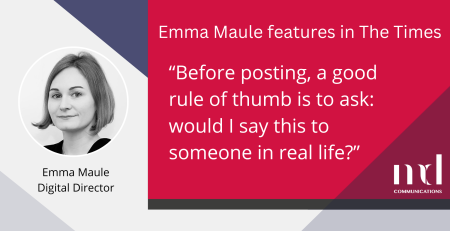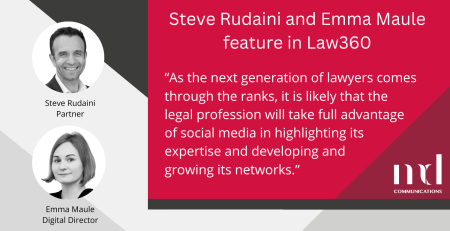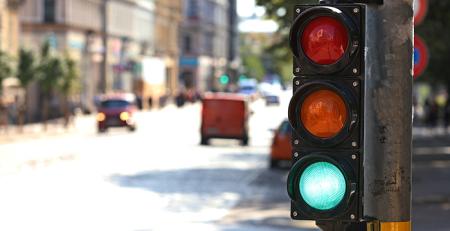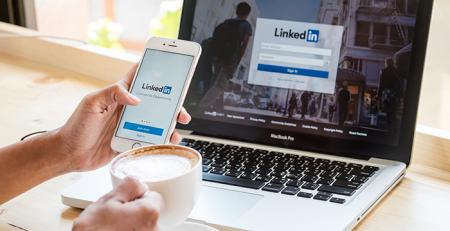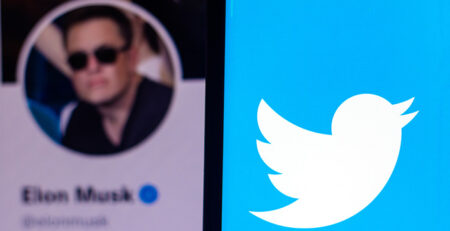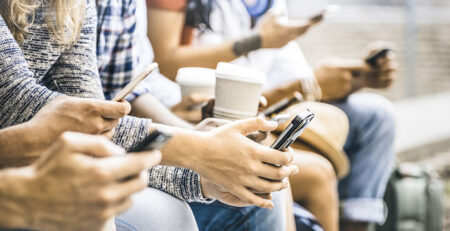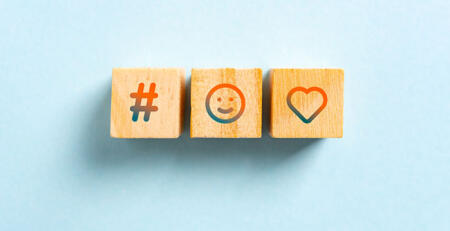Social media has been responsible for a number of far-reaching changes in modern society. We’re all aware of the way it has provided a fantastic, free marketing channel, as well as a way to communicate with a vast number of people on a totally different scale to anything that has been seen before. However, one area that is perhaps considered less is that of the effect of social media on disaster situations.
A case in point is the recent disappearance of Flight Malaysia Airlines Flight 370, which has sparked mass interest in the final location of the mystery airplane from all corners of the globe. Whilst the apparently unexplained disappearance of the flight made headlines as well as trending on social media, there was another more unexpected aspect of the social media response to the disaster. This was the way that social media actually began to be used in the search attempts, with people from all over the world getting involved in trying to find out what happened to the flight and its passengers. The hashtag #MH370 has been trending almost since the plane disappeared and social media users from across the globe have been looking through satellite images to help in the search for the missing craft and posting results on Twitter.
Whilst this is probably the most recent high-profile incident like this, it isn’t the first time this has happened. For example, during Hurricane Sandy, there were a number of emergency response organisations using social media tools to coordinate their aid efforts – the Red Cross established a social engagement team to track comments about the disaster across various social media platforms and the NYC Mayor’s Office used social media to distribute information about shelters and updates on the storm.
If you think about it, turning to platforms like Twitter and Facebook in a situation such as this is entirely sensible – we are increasingly using social media platforms to locate and share information and to communicate with each other, whether strangers or friends and loved ones. Effectively, this means that the audience is already there – we are already all focused on these timelines, and in much greater numbers than those watching the TV news or listening to the radio. Social media also offers the opportunity to send out information and to get it back – data can be collected from across an enormously wide area, the entire world in fact, meaning that a much clearer picture of a situation can be obtained much earlier on in a disaster situation. Then there’s the fact that it’s free – aid response efforts don’t have to be hampered by budgetary restraints as it costs nothing to Tweet and could trigger a million responses.
Given that a smart phone is the one item that most of us are likely to have close to us pretty much 24 hours a day, many are predicting that it will overtake more traditional forms of media as a primary source for disaster-related news, sooner rather than later. In addition, as we are all becoming more and more addicted to our portable technology, it’s likely that social media will become the ‘go to’ source for communication and information across many other new areas too.




